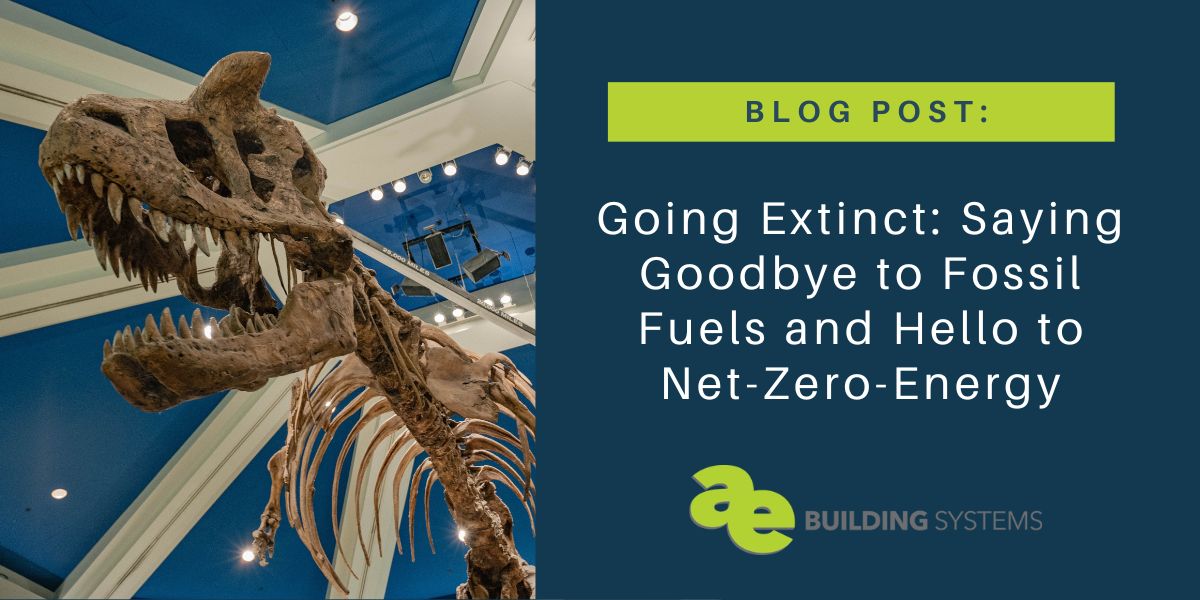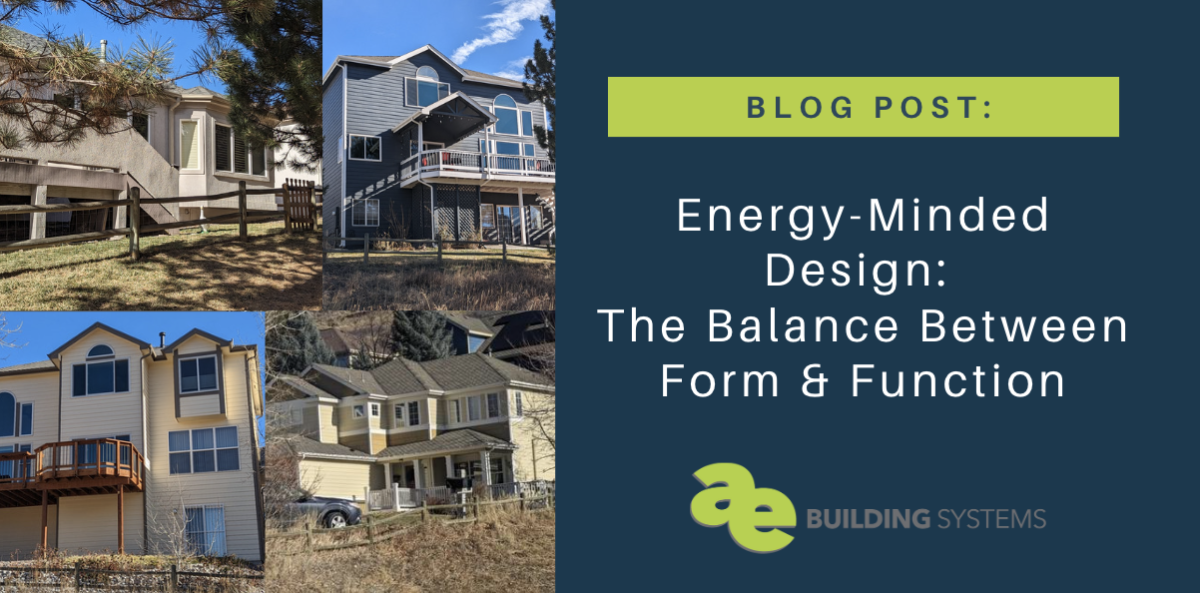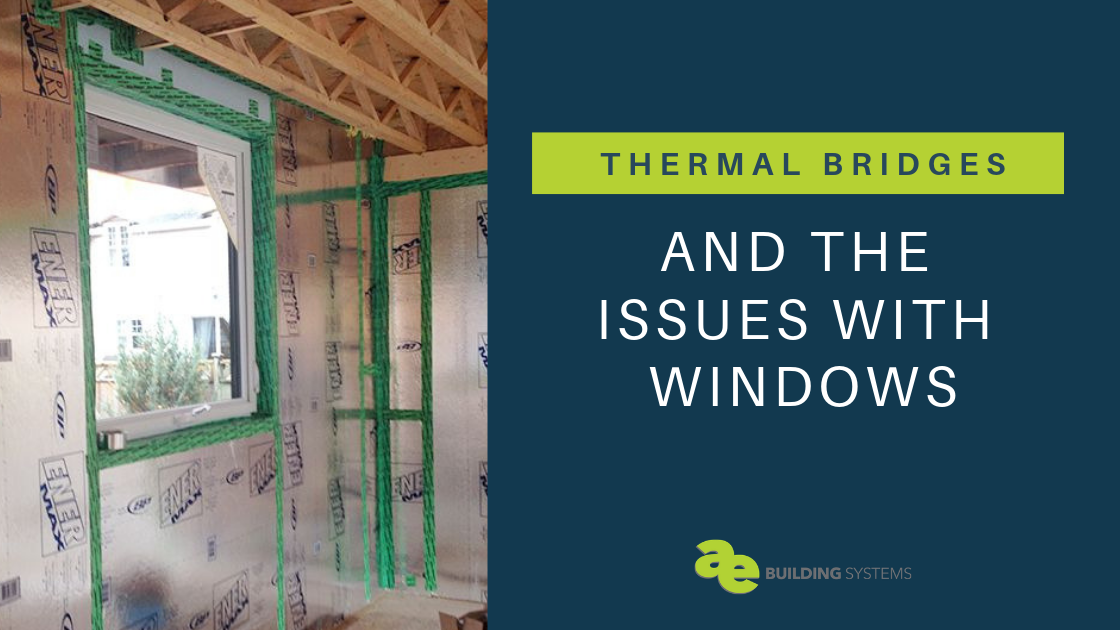Your cart is currently empty!
Tag: AE Building Systems
-

Passive House Wins: Top High-Performance Trends of 2024
As 2024 winds down, we’ve been reflecting on a great year—and, true to form, diving into the data! We analyzed this year’s blog posts to uncover the “hottest high-performance topics of 2024.” The big trend we discovered is that readers are eager to learn how to conserve energy, improve thermal performance, and cut costs at…
-

Going Extinct: Saying Goodbye to Fossil Fuels and Hello to Net-Zero-Energy
Just like the dinosaurs, fossil fuels are going extinct in some communities! We’ve heard it mentioned for years, but many communities are starting to put policies in place to actually reduce the reliance on fossil fuels. Fossil fuel bans are showing up more and more in municipalities and communities around the United States and creating…
-

Energy-Minded Design: The Balance Between Form & Function
There are some pretty snazzy design ideas out there in the world. If you look at design contests, architectural school projects, or even just down your own street, you’ll probably see some very beautiful designs that simply don’t make a lot of practical sense. It comes back to the age-old question of form vs. function.…
-

Collins Residence Part II
Last month, we took you on a behind-the-scenes peek at the Collins-Ruddy project. This tri-level home was a retrofit from a 1970’s where energy-efficiency was clearly not in the original blueprint of the home. Todd and his family began a journey to improve the energy loss in their home, and incorporate Passive Haus techniques wherever…
-

What Are Construction Thermal Bridges in Buildings?
Do you have a random “cold spot” in your dining room or perhaps in an area where a sweater is always needed, no matter how high the thermostat is set? Thermal bridges may be at play. If you don’t work in or around construction, you may have never heard the term “thermal bridging”–but you’ve likely…
-

Fresh Air Ventilation & Monitoring
Fresh air is a commodity that everyone needs and wants. Who doesn’t like to breathe fresh air? Generally, the best source of fresh air is the outdoors. But since most of us don’t live outside, we can still supply fresh air to our homes by opening windows and doors. However, we all know it’s neither…

